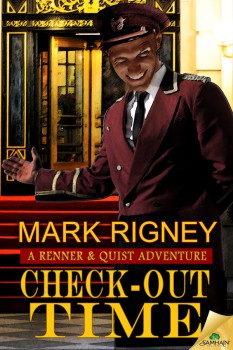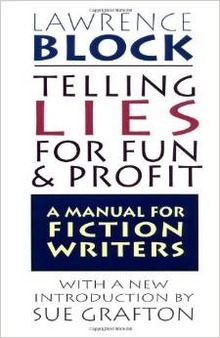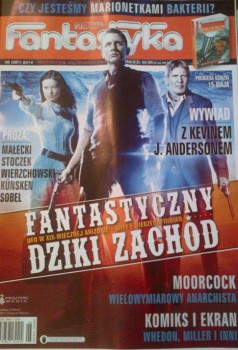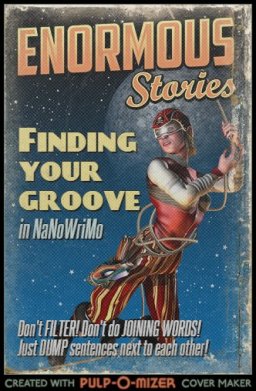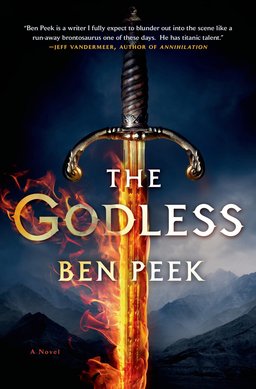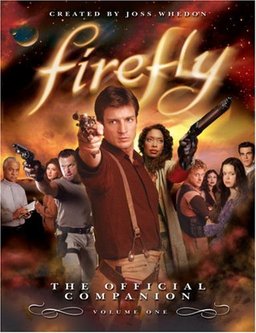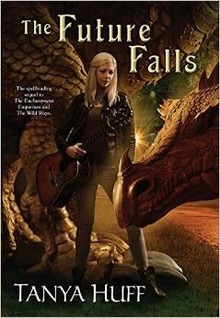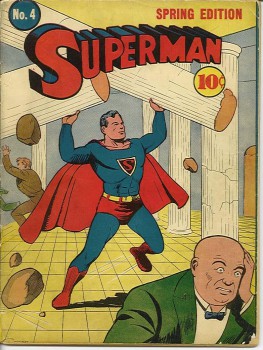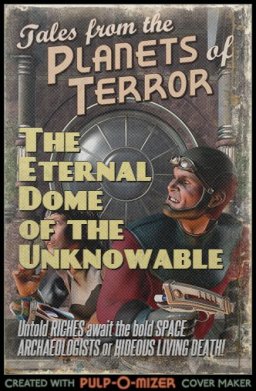Robert Silverberg on the Tragic Death of John Brunner
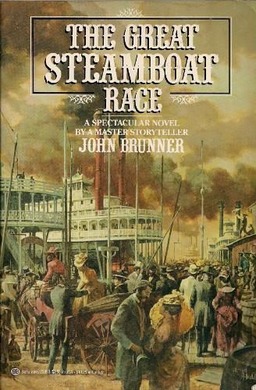 Six months ago, I wrote about an unusual find I made online: The Great Steamboat Race, an enormous and ambitious historical novel written by none other than John Brunner. Brunner, of course, was a highly regarded SF and fantasy writer, beloved even today for Stand on Zanzibar, The Complete Traveller in Black, and many other novels. He died in 1995, at the World Science Fiction convention.
Six months ago, I wrote about an unusual find I made online: The Great Steamboat Race, an enormous and ambitious historical novel written by none other than John Brunner. Brunner, of course, was a highly regarded SF and fantasy writer, beloved even today for Stand on Zanzibar, The Complete Traveller in Black, and many other novels. He died in 1995, at the World Science Fiction convention.
The Great Steamboat Race was an enigma. I’d never seen a copy before, never run across one in dozens of years of haunting bookstores. The copy I found online was very inexpensive — less than the $7.95 cover price for a brand new copy, for a book published over 30 years ago — so I bought it. I wrote it up as a Vintage Treasures curiosity, and then more or less forgot about it.
At least until this week, when I was browsing through a collection of Asimov’s SF magazines from the late 90s I recently acquired. Before I packed it away in the Cave of Wonders (i.e. the basement), I plucked one out of the box at random, and settled back in my big green chair to read it.
It was the March 1996 issue, with stories by Tony Daniel, Suzy McKee Charnas, Steven Utley, and the late John Brunner. I always take the time to read Robert Silverberg’s Reflections column, and I flipped to that first. The title was “Roger and John,” and it was a tribute to two recent deaths that had shaken the SF community: Roger Zelazny and John Brunner. Silverberg had been friends with both men for decades and said “Their deaths, for me, illustrate the difference between a tragedy and a damn shame. Let me try to explain.”
Silverberg portrays Zelazny’s death as a damn shame, saying “Roger was the happy man who led a happy life… By the time he was twenty-five he had begun what was to be a dazzling career in science fiction.” Zelazny’s career, Silverberg observes, had been filled with a series of triumphs, and his death by cancer at the age of 58 had robbed the field of future great work from a master.
Brunner, Silverberg observes, was a tragic figure. And central to the tragedy was the novel The Great Steamboat Race.
